Piața Universității
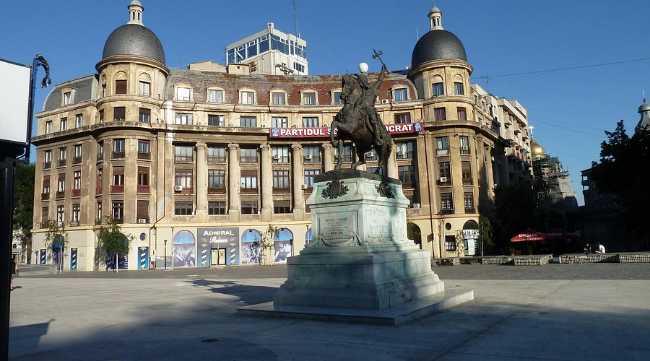
Piața Universității, or University Square, lies at the heart of Bucharest and serves as both a cultural landmark and a symbol of civic activism. Named after the University of Bucharest, whose neoclassical façade anchors the space, the square is framed by historic institutions such as the National Theatre and the InterContinental Hotel. It gained national significance during the Romanian Revolution of 1989 and the Golaniad protests of 1990, when students and intellectuals rallied against remnants of the communist regime. Today, it remains a vibrant crossroads—both literally and metaphorically—connecting major boulevards and metro lines while hosting public gatherings and cultural events. Statues of Romanian figures like Michael the Brave and Ion Heliade Rădulescu add historical depth, while the underground passage and metro station reflect its role as a bustling urban hub. Piața Universității continues to embody the spirit of democratic expression and the layered history of Romania’s capital.
Bucharest RomaniaPiața Universității, or University Square, is a central and historic public space located in downtown Bucharest, adjacent to the University of Bucharest. It serves as a major transportation hub with the Universitate metro station and is framed by notable neoclassical and modernist architecture, including the University Palace and the National Theatre, which was renovated in 2014 with a striking modern design. The square features four prominent statues honoring Romanian cultural and historical figures: Ion Heliade Rădulescu, Michael the Brave, Gheorghe Lazăr, and Spiru Haret. Historically, it played a crucial role during the 1989 Revolution and subsequent political protests, making it a symbol of Romania’s democratic transition. Visitors will find a lively atmosphere enriched by nearby cafes, restaurants, and shops, with easy pedestrian access to other historic parts of the city. The square marks the northeastern boundary of Bucharest’s Old Center and offers a vibrant blend of culture, history, and urban life, making it a focal point for both locals and tourists exploring the heart of the city.
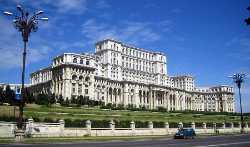 Palatul Parlamentului
Bucharest
Palatul Parlamentului
Bucharest
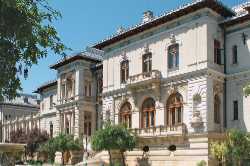 Muzeul Naţional Cotroceni
Bucharest
Muzeul Naţional Cotroceni
Bucharest
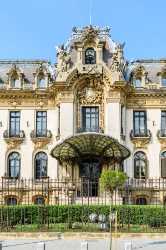 Cantacuzino Palace
Bucharest
Cantacuzino Palace
Bucharest
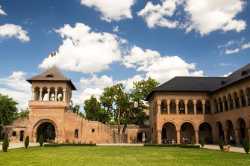 Mogosoaia Palace
Bucharest
Mogosoaia Palace
Bucharest
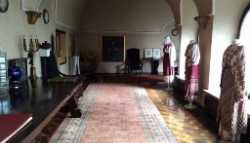 Elisabeta Palace
Bucharest
Elisabeta Palace
Bucharest
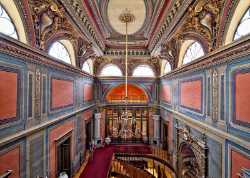 Suțu Palace
Bucharest
Suțu Palace
Bucharest
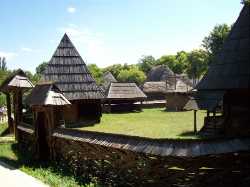 Dimitrie Gusti National Village Museum
Bucharest
Dimitrie Gusti National Village Museum
Bucharest
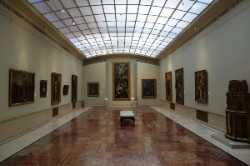 National Museum of Art of Romania
Bucharest
National Museum of Art of Romania
Bucharest
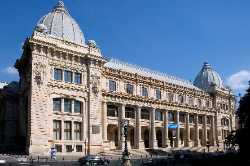 National History Museum of Romania
Bucharest
National History Museum of Romania
Bucharest
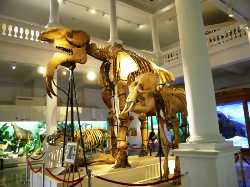 Grigore Antipa National Museum of Natural History
Bucharest
Grigore Antipa National Museum of Natural History
Bucharest
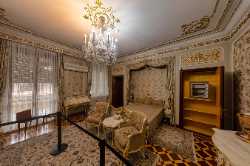 Primaverii Palace
Bucharest
Primaverii Palace
Bucharest
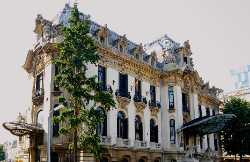 George Enescu National Museum
Bucharest
George Enescu National Museum
Bucharest
 Ferestroika
Bucharest
Ferestroika
Bucharest
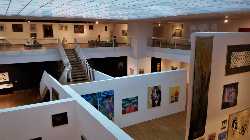 National Museum of Contemporary Art
Bucharest
National Museum of Contemporary Art
Bucharest
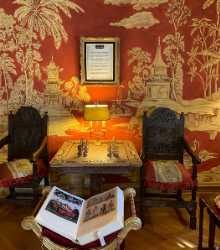 The Little Paris Museum in Bucharest
Bucharest
The Little Paris Museum in Bucharest
Bucharest
 Theodor Aman Museum
Bucharest
Theodor Aman Museum
Bucharest
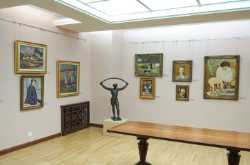 Zambaccian Art Museum
Bucharest
Zambaccian Art Museum
Bucharest
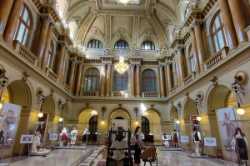 National Bank of Romania Museum
Bucharest
National Bank of Romania Museum
Bucharest
 Museum of Football
Bucharest
Museum of Football
Bucharest
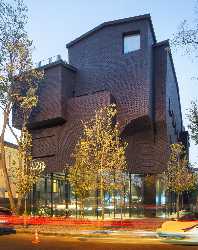 Museum of Recent Arts
Bucharest
Museum of Recent Arts
Bucharest
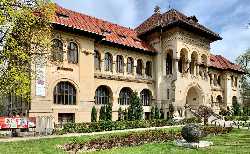 National Museum of Geology in Bucharest
Bucharest
National Museum of Geology in Bucharest
Bucharest
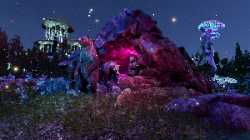 MINA Museum of Immersive New Art
Bucharest
MINA Museum of Immersive New Art
Bucharest
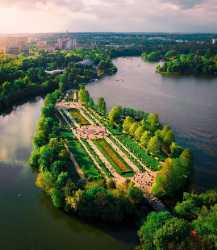 King Michael I Park
Bucharest
King Michael I Park
Bucharest
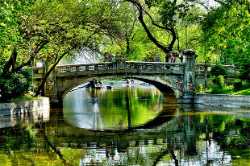 Cișmigiu Gardens
Bucharest
Cișmigiu Gardens
Bucharest
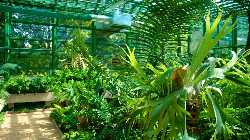 Botanical Garden of Bucharest
Bucharest
Botanical Garden of Bucharest
Bucharest
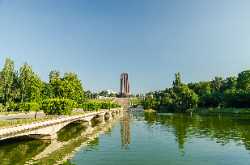 Carol Park
Bucharest
Carol Park
Bucharest
 Tineretului Park
Bucharest
Tineretului Park
Bucharest
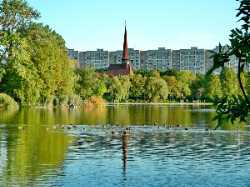 Alexandru Ioan Cuza Park
Bucharest
Alexandru Ioan Cuza Park
Bucharest
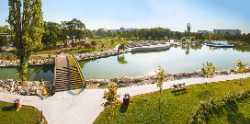 Drumul Taberei Park
Bucharest
Drumul Taberei Park
Bucharest
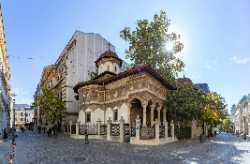 Stavropoleos Church
Bucharest
Stavropoleos Church
Bucharest
 Patriarchal Cathedral
Bucharest
Patriarchal Cathedral
Bucharest
 Antim Monastery
Bucharest
Antim Monastery
Bucharest
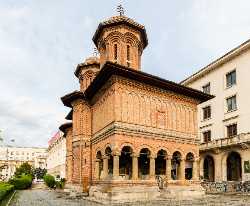 Kretzulescu Church
Bucharest
Kretzulescu Church
Bucharest
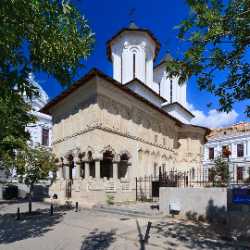 Colțea Church
Bucharest
Colțea Church
Bucharest
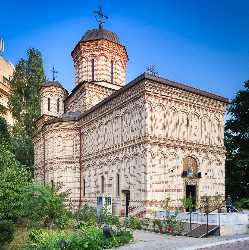 Mihai Vodă Church
Bucharest
Mihai Vodă Church
Bucharest
 Choral Temple
Bucharest
Choral Temple
Bucharest
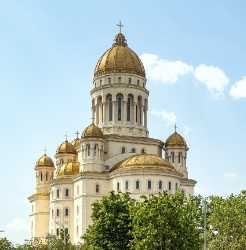 Catedrala Mantuirii Neamului
Bucharest
Catedrala Mantuirii Neamului
Bucharest
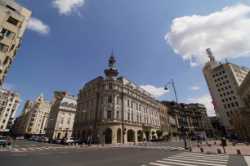 Calea Victoriei
Bucharest
Calea Victoriei
Bucharest
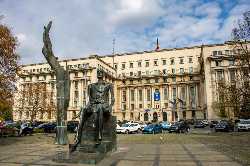 Piața Revoluției
Bucharest
Piața Revoluției
Bucharest
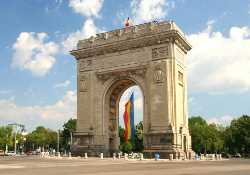 Arcul de Triumf
Bucharest
Arcul de Triumf
Bucharest
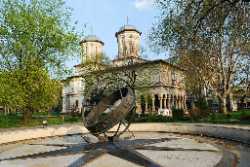 Kilometre Zero
Bucharest
Kilometre Zero
Bucharest
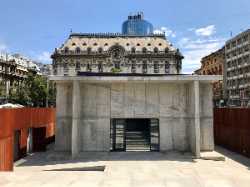 Holocaust-Mahnmal
Bucharest
Holocaust-Mahnmal
Bucharest
 Bucharest Zoo
Bucharest
Bucharest Zoo
Bucharest
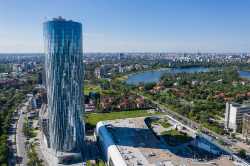 SKY Tower
Bucharest
SKY Tower
Bucharest
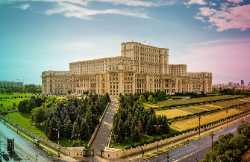 Palace of Parliament
Bucharest
Palace of Parliament
Bucharest
 Piața Obor
Bucharest
Piața Obor
Bucharest
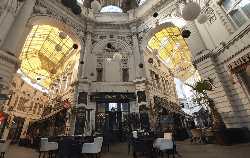 Pasajul Macca-Vilacrosse
Bucharest
Pasajul Macca-Vilacrosse
Bucharest
 Therme București
Bucharest
Therme București
Bucharest
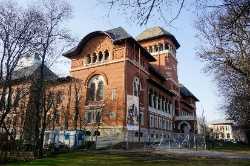 National Museum of the Romanian Peasant
Bucharest
National Museum of the Romanian Peasant
Bucharest
 National Military Museum
Bucharest
National Military Museum
Bucharest
 National Museum of Romanian Aviation
Bucharest
National Museum of Romanian Aviation
Bucharest
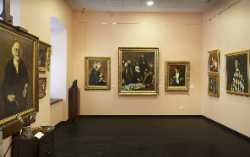 Museum of Art Collections
Bucharest
Museum of Art Collections
Bucharest
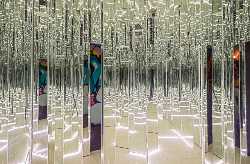 Bucharest Museum of Senses
Bucharest
Bucharest Museum of Senses
Bucharest
 The Museum of Romanian Railroad History
Bucharest
The Museum of Romanian Railroad History
Bucharest
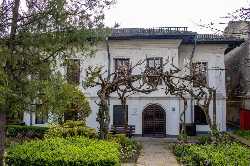 Theodor Pallady Museum
Bucharest
Theodor Pallady Museum
Bucharest
 Gheorghe Tattarescu Museum
Bucharest
Gheorghe Tattarescu Museum
Bucharest
 Ligia & Pompiliu Macovei Museum
Bucharest
Ligia & Pompiliu Macovei Museum
Bucharest
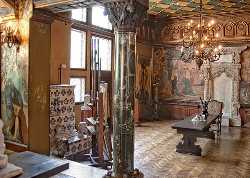 Frederic & Cecilia Cuţescu‑Storck Art Museum
Bucharest
Frederic & Cecilia Cuţescu‑Storck Art Museum
Bucharest
 Nicolae Minovici Folk Art Museum
Bucharest
Nicolae Minovici Folk Art Museum
Bucharest
 Tudor Arghezi House
Bucharest
Tudor Arghezi House
Bucharest
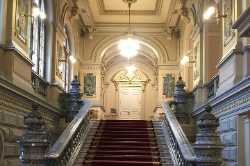 Cotroceni Palace
Bucharest
Cotroceni Palace
Bucharest
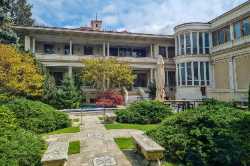 Ceauşescu Mansion
Bucharest
Ceauşescu Mansion
Bucharest
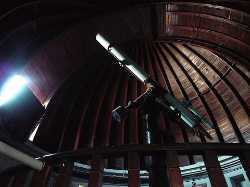 Bucharest Observatory
Bucharest
Bucharest Observatory
Bucharest
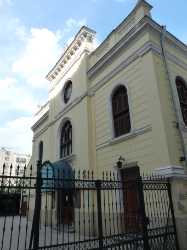 Great Synagogue
Bucharest
Great Synagogue
Bucharest
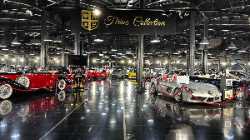 Tiriac Car Collection Museum
Bucharest
Tiriac Car Collection Museum
Bucharest
 H’Art Gallery
Bucharest
H’Art Gallery
Bucharest
 Anca Poterașu Gallery
Bucharest
Anca Poterașu Gallery
Bucharest
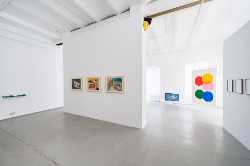 Ivan Gallery
Bucharest
Ivan Gallery
Bucharest
 Mobius Gallery
Bucharest
Mobius Gallery
Bucharest
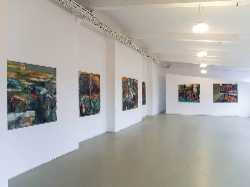 Zorzini Gallery
Bucharest
Zorzini Gallery
Bucharest
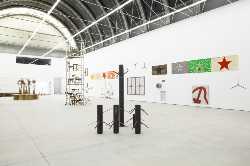 Nicodim Gallery
Bucharest
Nicodim Gallery
Bucharest
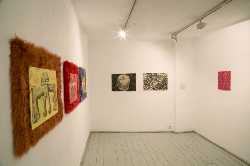 Laborna Contemporary Art Gallery
Bucharest
Laborna Contemporary Art Gallery
Bucharest
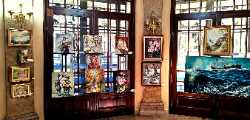 AnnArt Gallery
Bucharest
AnnArt Gallery
Bucharest
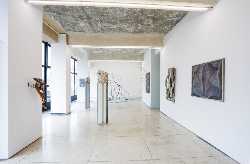 Suprainfinit Gallery
Bucharest
Suprainfinit Gallery
Bucharest
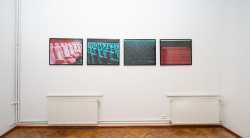 Gaep Gallery
Bucharest
Gaep Gallery
Bucharest
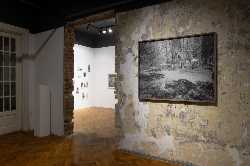 Galeria Posibilă
Bucharest
Galeria Posibilă
Bucharest
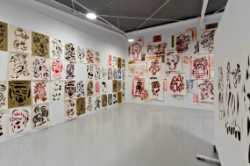 Borderline Art Space
Bucharest
Borderline Art Space
Bucharest
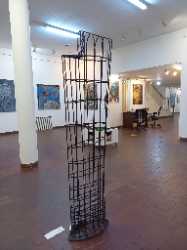 Centrul Artelor Vizuale
Bucharest
Centrul Artelor Vizuale
Bucharest
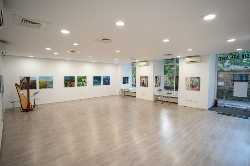 Elite Art Gallery
Bucharest
Elite Art Gallery
Bucharest
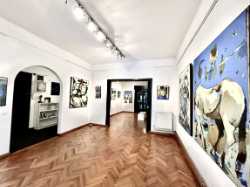 Art Yourself Gallery
Bucharest
Art Yourself Gallery
Bucharest
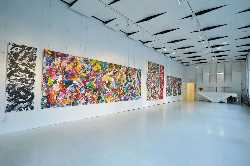 Galeria Galateca
Bucharest
Galeria Galateca
Bucharest
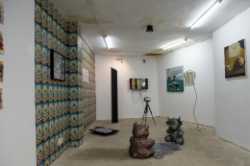 Matca Artspace
Bucharest
Matca Artspace
Bucharest
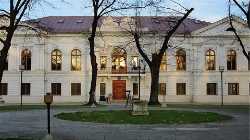 Ghica Tei Palace
Bucharest
Ghica Tei Palace
Bucharest